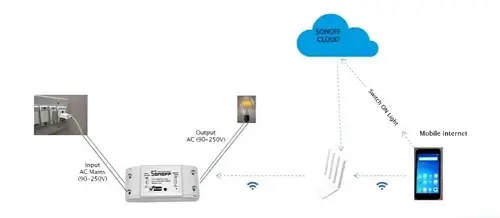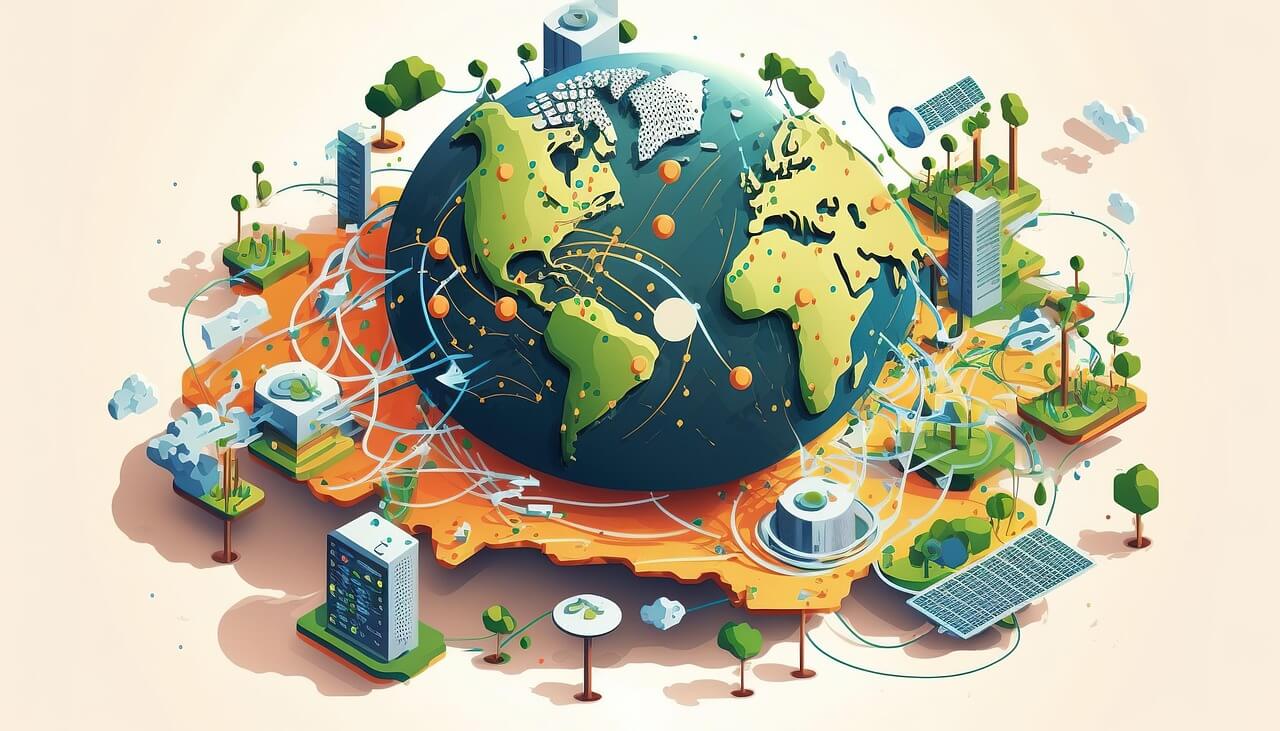If you’ve ever spent what felt like a lifetime stuck in traffic, you’re not alone. Trust me, I’ve been there, drumming my fingers on the steering wheel to the rhythm of frustration. But what if I told you there’s a techy way out? That’s right, folks. Enter IoT – Internet of Things – our modern-day knight in shining armor tackling traffic jams.
The Daily Grind of Traffic
Remember that time you were late for your best friend’s wedding because the highway was packed tighter than a can of sardines? You’re not alone. It seems like we’re always in this relentless battle with traffic, and it doesn’t help that there are more cars on the road than ever before. That’s where IoT steps in.
What Exactly Is IoT?
Before we dive deeper, let me give you a quick rundown on IoT for those of you who might be wondering, “Io-what?” Simply put, IoT is the interconnectedness of devices via the internet. Think of it like your phone chatting with your fridge or, in our case, traffic lights communicating with your car to keep things flowing smoothly.
Why Should We Care About IoT in Traffic Management?
You might be thinking, “Okay, but how does this help me get home faster?” Great question! Imagine a world where traffic lights aren’t just running on timers but are actually responding to real-time traffic data. That’s the power of IoT. It’s like giving our roads a brain!
- Real-Time Data: Thanks to sensors and cameras, IoT systems can collect live traffic data and adjust signals accordingly. No more waiting at a red light when there's clearly no one else around.
- Reduced Congestion: By optimizing traffic flow, these smart systems help reduce bottlenecks and improve your daily commute.
A Personal Tale
I remember last summer when I took a trip down to Los Angeles (yes, land of the infamous traffic). There was this one instance where we zipped past what would have been a gridlock nightmare thanks to a newly implemented IoT system that rerouted us instantly. Honestly felt like magic – or at least as close as I’ll ever get to being Harry Potter.
The Ripple Effect
It doesn’t stop at reducing congestion either. The environmental impact is huge. Fewer cars idling means less pollution clogging up our lungs and contributing to climate change. Plus, think about all the gas money saved! Who doesn’t want some extra cash for those Friday night outings?
Challenges & Reality Check
Of course, it’s not all sunshine and rainbows. There are challenges to implementing these systems - from high costs to privacy concerns (hello Big Brother?). But then again, isn’t there always some degree of sacrifice for progress?
The Future Looks Bright
So where do we go from here? If I had my way, every city would hop on this bandwagon ASAP. While we may not erase all traffic nightmares overnight, implementing IoT solutions could certainly ease them significantly over time.
If you ever find yourself discussing this with friends over dinner or coffee (which I highly recommend), try asking them how they feel about their daily commute and if they'd welcome such tech innovations. Chances are you'll spark an interesting conversation!




